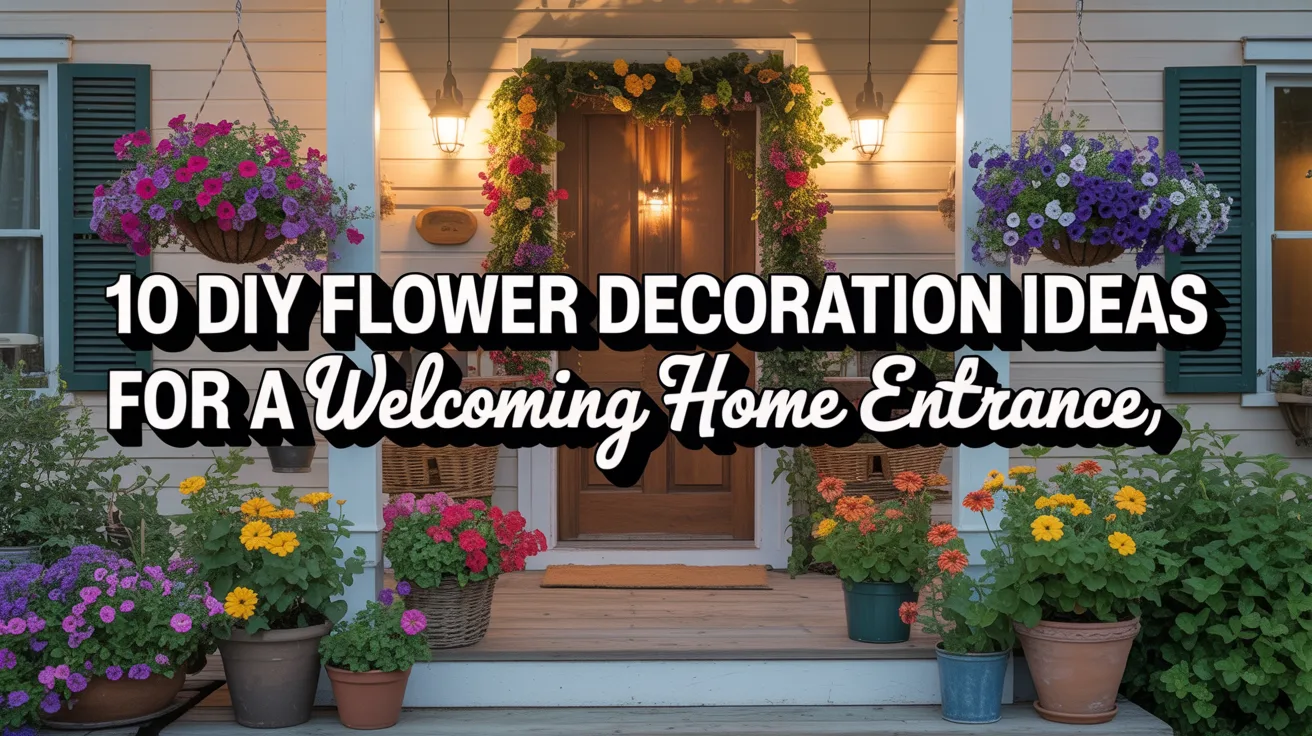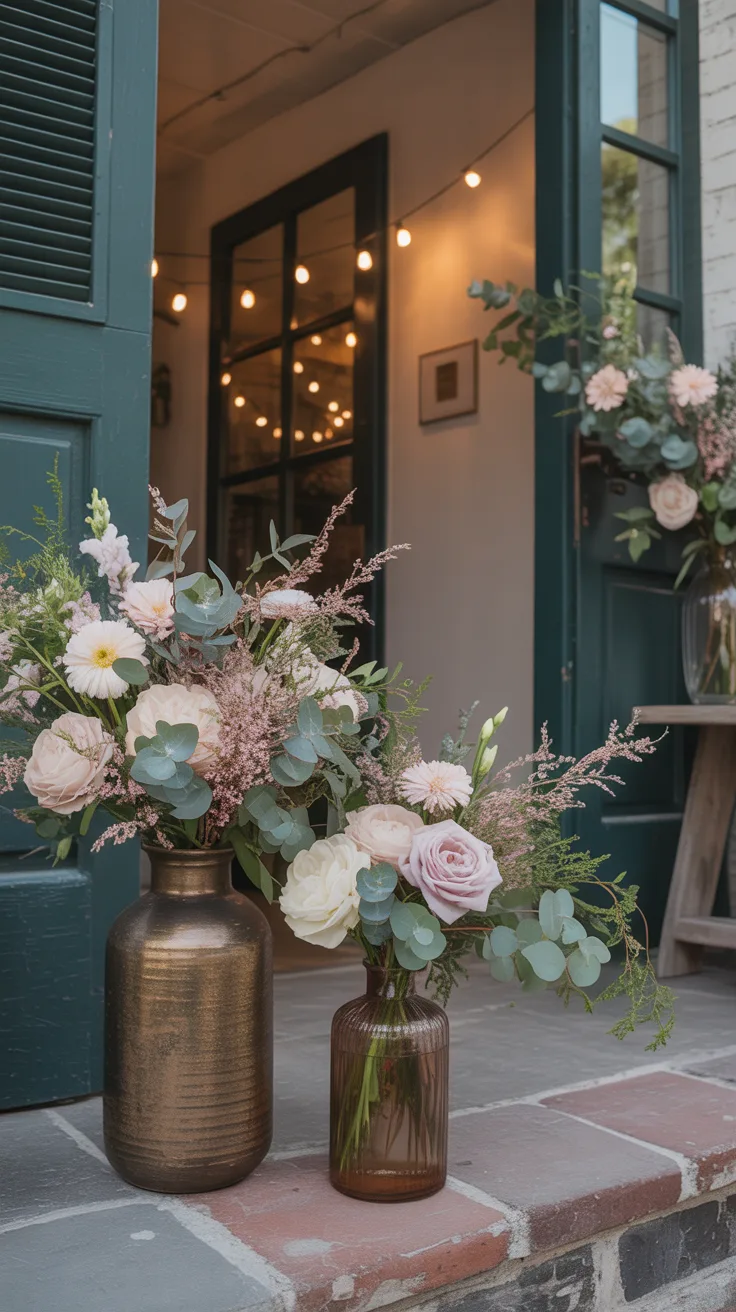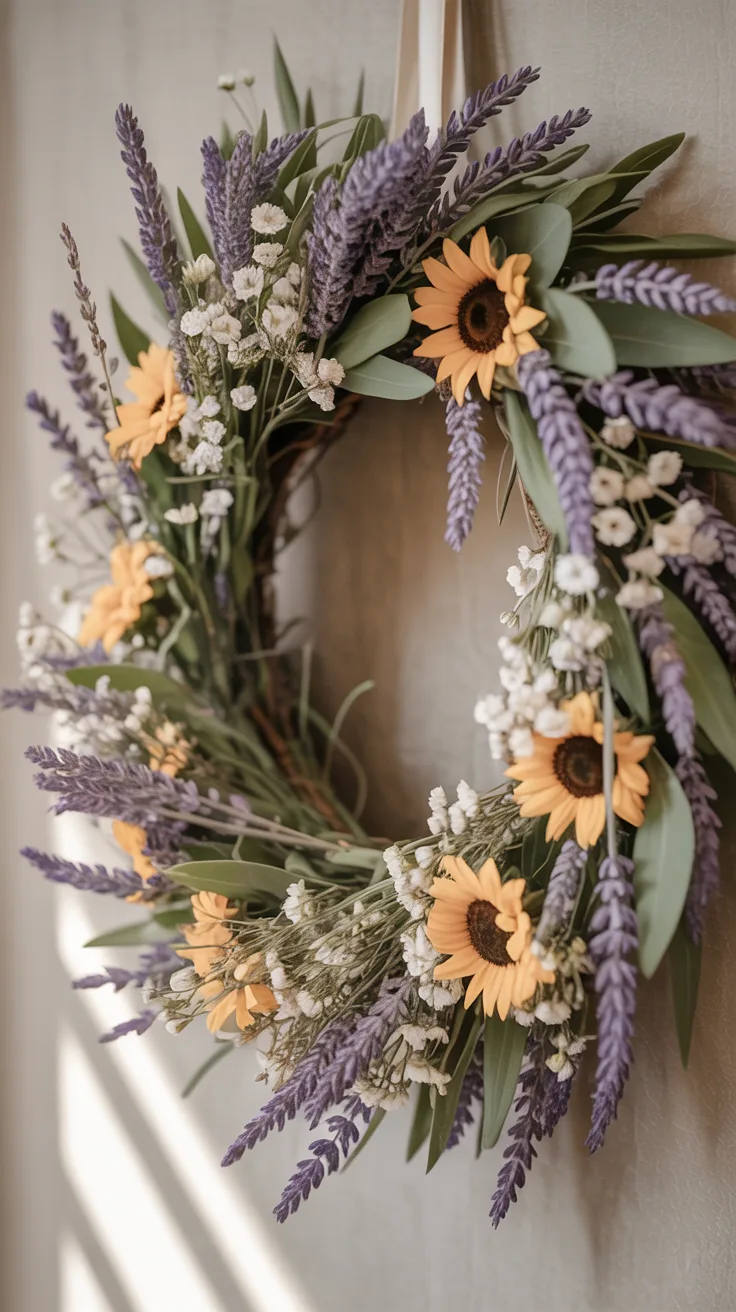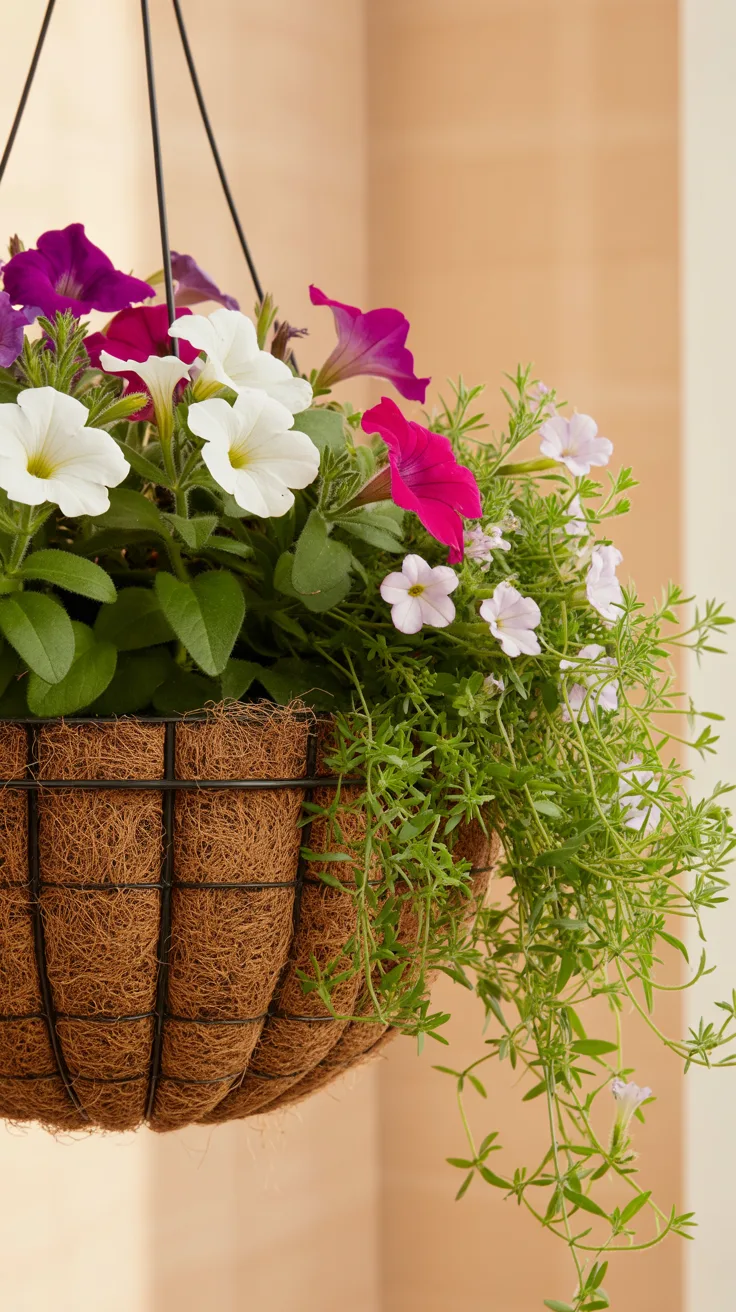
Introduction to DIY Flower Decorations
There’s something magical about coming home to an entrance adorned with beautiful flowers. I’ve always believed that the way we decorate our home’s entrance sets the tone for what lies beyond. Over the years, I’ve experimented with countless DIY flower decoration ideas, sometimes with spectacular results and occasionally with amusing failures (like the time my hanging basket crashed down during a dinner party – lesson learned about proper anchoring!).
Creating your own flower decorations isn’t just about aesthetics; it’s about crafting a personal welcome message. When guests approach your home, these floral touches communicate warmth and care. Plus, I’ve found that tending to my entrance flowers has become a therapeutic ritual that helps me transition from the outside world to my personal sanctuary.
Pro Tip: Start small with one or two decorative elements rather than attempting to transform your entire entrance at once. I made this mistake early on and quickly found myself overwhelmed with maintenance.
Choosing the Right Flowers for Your Entrance
Selecting appropriate flowers for your entrance is crucial for success. I learned this the hard way after planting shade-loving impatiens in my sun-drenched front porch – they were crispy within days! Consider your entrance’s microclimate first: How many hours of sunlight does it receive? Is it protected from wind? Does water tend to pool there after rain?
For sunny entrances, I’ve had great success with geraniums, petunias, and zinnias. They’re remarkably forgiving even when I occasionally forget to water them. For shadier spots, begonias, coleus, and hostas have thrived. I also consider the architectural style of my home – cottage-style homes look charming with wildflower mixes, while more formal entrances might call for structured arrangements of roses or hydrangeas.
Don’t forget to factor in your local climate and seasonal changes. In my zone 6 garden, I’ve learned to plant cold-hardy pansies for spring and fall, heat-tolerant lantana for summer, and evergreen elements like dwarf conifers for winter interest.
Pro Tip: Visit local nurseries rather than big box stores for plant selection. Local growers typically offer varieties that are well-adapted to your specific climate, and I’ve received invaluable advice from experienced staff.
10 DIY Flower Decoration Ideas

After years of experimentation, I’ve compiled my favorite flower decoration ideas that have consistently created a welcoming atmosphere at my home’s entrance. Each can be customized to suit your style and space.
1. Floral Wreaths

Wreaths aren’t just for Christmas! I create seasonal wreaths using a simple grapevine base and fresh or dried flowers. For spring, I’ve attached clusters of lavender and baby’s breath with floral wire. In summer, sunflowers and daisies make a cheerful statement. The beauty of wreaths is their versatility – they work on doors, adjacent walls, or even hanging from a shepherd’s hook near your entrance.
My most successful wreath combined preserved eucalyptus (which lasts for months), dried statice, and a few silk ranunculus blooms for a year-round display that required zero maintenance. The secret is securing everything with generous amounts of floral wire – I learned this after watching my first attempt disintegrate in a spring breeze!
2. Potted Flower Arrangements

Potted arrangements offer incredible flexibility. I love creating “thrillers, fillers, and spillers” – a tall focal plant (thriller), mid-height bushy plants (fillers), and trailing varieties (spillers) that cascade over the edges. This formula works whether you’re using large statement containers or grouping smaller pots.
For my front steps, I use weather-resistant ceramic pots in colors that complement my home’s exterior. I once made the mistake of using terracotta near my entrance – they looked beautiful but dried out so quickly in the summer that I couldn’t keep up with watering.
Pro Tip: Line the bottom of your pots with coffee filters before adding soil. They allow drainage while preventing soil from washing out, saving you from the muddy puddles I used to constantly clean up.
3. Hanging Flower Baskets

Hanging baskets add vertical interest to any entrance. I install mine at eye level for maximum impact and easy maintenance. The key is choosing the right container – I prefer coconut coir-lined baskets as they retain moisture better than wire baskets with standard liners.
For plants, I’ve found that trailing petunias, calibrachoa (million bells), and bacopa create stunning cascades. I once tried to save money by using regular upright petunias instead of the trailing variety – they grew straight up and out rather than cascading down, creating an odd mushroom effect!
Remember that hanging baskets dry out quickly. I installed a simple drip irrigation system after losing several beautiful arrangements to dehydration during a heatwave.
4. Flower Garlands
Flower garlands bring a festive touch to any entrance. For special occasions, I create fresh garlands using greenery like eucalyptus or ivy as the base, then wire in flower heads like roses, carnations, or daisies. For everyday use, I’ve invested in high-quality silk flower garlands that I can enhance with seasonal elements.
My favorite technique is draping garlands asymmetrically around the door frame, with the fullest part off to one side rather than centered. This creates a more dynamic, natural look than perfectly symmetrical arrangements.
5. Window Box Flower Displays
Window boxes instantly elevate curb appeal. I installed mine below my front windows using sturdy metal brackets (after my first attempt with inadequate support led to a catastrophic collapse). The key is ensuring proper drainage – I drill additional holes in the bottom and use a quality potting mix specifically formulated for containers.
For continuous blooming, I plant a mix of reliable performers like geraniums and sweet alyssum, then add seasonal accents throughout the year. In spring, I tuck in tulip and daffodil bulbs; in summer, I add trailing verbena; in fall, I incorporate ornamental kale and mums.
6. Flower Door Frames
Framing your door with flowers creates a truly grand entrance. I use a combination of potted plants at ground level and hanging elements to create a lush frame. For a recent family gathering, I attached small vases of fresh flowers to the door frame using removable hooks, creating a stunning entrance that had everyone taking photos.
For a more permanent solution, I’ve installed trellises on either side of my door for climbing plants like clematis and jasmine. The fragrance when you walk through is absolutely intoxicating, and they require much less maintenance than I initially feared.
7. Floral Pathway Borders
Guiding visitors to your door with flower-lined pathways creates anticipation and delight. I use a combination of permanent plantings and seasonal accents. Low-growing perennials like creeping thyme release fragrance when stepped on, while dwarf varieties of Russian sage and lavender provide structure and scent.
I learned to leave adequate walking space after creating borders that encroached too much on the path – navigating to the door became an awkward dance! Now I ensure at least 3 feet of clear pathway, with flowers as a beautiful frame rather than an obstacle course.
8. Seasonal Flower Themes
Changing your entrance flower decorations seasonally keeps your home looking fresh year-round. I maintain a few “backbone” elements like evergreen shrubs in decorative containers, then swap out seasonal flowers for variety.
In spring, I showcase tulips, daffodils, and hyacinths. Summer brings bold zinnias, salvias, and dahlias. Fall is perfect for chrysanthemums, ornamental peppers, and ornamental grasses. Even winter offers opportunities with hellebores, winter pansies, and decorative branches with berries.
Pro Tip: Take photos of your entrance each season to create a visual record. I use these images to remember successful combinations and avoid repeating arrangements that didn’t work well.
9. Recycled Container Planters
Some of my most complimented entrance decorations have been created from repurposed items. I’ve converted an old wooden toolbox into a charming planter, used vintage watering cans as unexpected flower containers, and even transformed my children’s outgrown rain boots into whimsical planters flanking the steps.
The key is ensuring proper drainage by drilling holes in the bottom of containers. I also consider durability – my attempt to use a beautiful antique wicker basket lasted exactly one rainstorm before disintegrating!
10. Vertical Flower Gardens
When horizontal space is limited, growing upward is the solution. I installed a simple vertical garden using a wooden pallet that I sanded, stained, and lined with landscape fabric. The pockets between slats hold soil and plants, creating a living wall of color.
For a lower-maintenance option, I’ve mounted several wall planters that can be easily watered and changed seasonally. Succulents have been particularly successful in these installations, requiring minimal care while providing interesting textures and forms.
Maintaining Your Flower Decorations
The beauty of entrance decorations can quickly fade without proper maintenance. I’ve developed a simple routine that keeps everything looking fresh with minimal effort.
Watering is the most critical aspect – I check containers daily during hot weather and invest in self-watering reservoirs for times when I’m traveling. Deadheading spent blooms takes just minutes but dramatically extends the flowering period. I keep small pruning shears in a drawer near my entrance for quick snips while coming and going.
Fertilizing is essential for container plants, which quickly deplete their nutrients. I use a slow-release fertilizer at planting time, then supplement with liquid fertilizer every two weeks during the growing season. After forgetting my feeding schedule repeatedly, I now set calendar reminders on my phone.
Pro Tip: Create a small maintenance station near your entrance with essential tools, gloves, and supplies. This makes it easy to address small tasks immediately rather than postponing them until they become overwhelming projects.
Conclusion
Creating a welcoming entrance with DIY flower decorations is one of the most rewarding home projects I’ve undertaken. It combines creativity with the joy of working with living materials, and the results greet you every time you return home.
I encourage you to start with one or two ideas that resonate with your style and space, then expand as you gain confidence. Don’t be discouraged by occasional failures – they’re part of the learning process. My own entrance has evolved through many iterations, each more successful than the last.
Remember that your home’s entrance is a reflection of your personality and an opportunity to create joy – not just for visitors, but for yourself each time you return home. Happy decorating!
Frequently Asked Questions
What are the best flowers for entrance decorations?
The best flowers depend on your specific conditions, but some reliable performers include geraniums, petunias, and marigolds for sunny spots; begonias, impatiens, and coleus for shade. Consider your climate zone, maintenance preferences, and the style of your home when selecting flowers.
How often should I water my flower decorations?
Container plants typically need more frequent watering than garden beds. During hot summer weather, containers may need daily watering. The best approach is to check the soil moisture by inserting your finger about an inch deep – if it feels dry, it’s time to water. Self-watering containers can extend the time between waterings.
Can I use artificial flowers for my entrance decorations?
Absolutely! High-quality silk flowers can look remarkably realistic and eliminate maintenance concerns. I often combine artificial elements with live plants for the best of both worlds. For exposed areas, look for UV-resistant artificial flowers that won’t fade quickly in sunlight.
How can I make my flower decorations last longer?
Regular deadheading (removing spent blooms), appropriate watering, and fertilizing are key to longevity. Choose plants suited to your conditions rather than trying to force plants to grow in unsuitable environments. Mulching the soil surface in containers helps retain moisture and reduce stress on plants.
What tools do I need for DIY flower decorations?
Start with the basics: pruning shears, gardening gloves, a watering can or hose with adjustable nozzle, and a trowel. For more elaborate projects, you might need wire cutters, floral wire, a drill (for drainage holes), and containers. As your interest grows, you can add specialized tools for specific projects.

